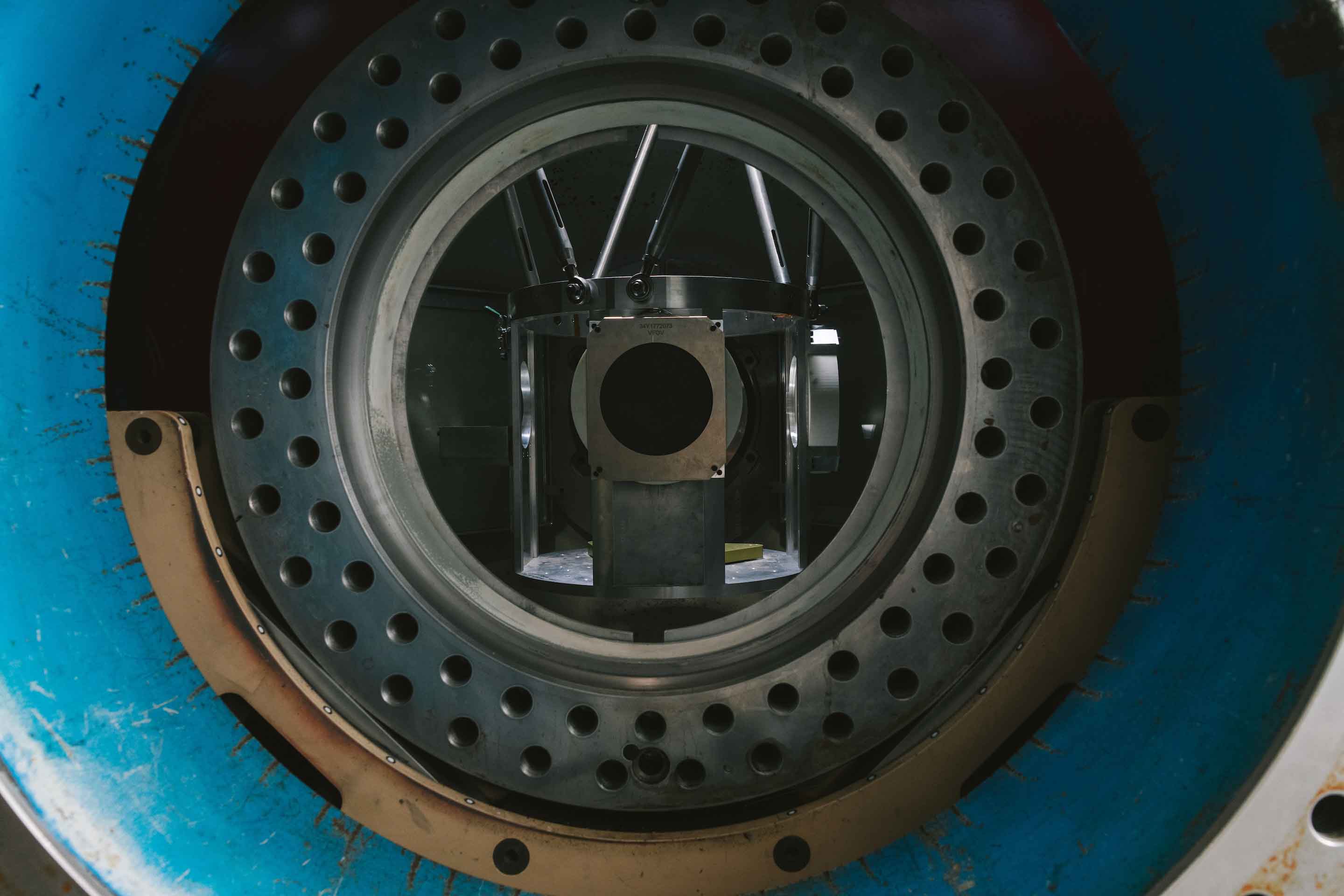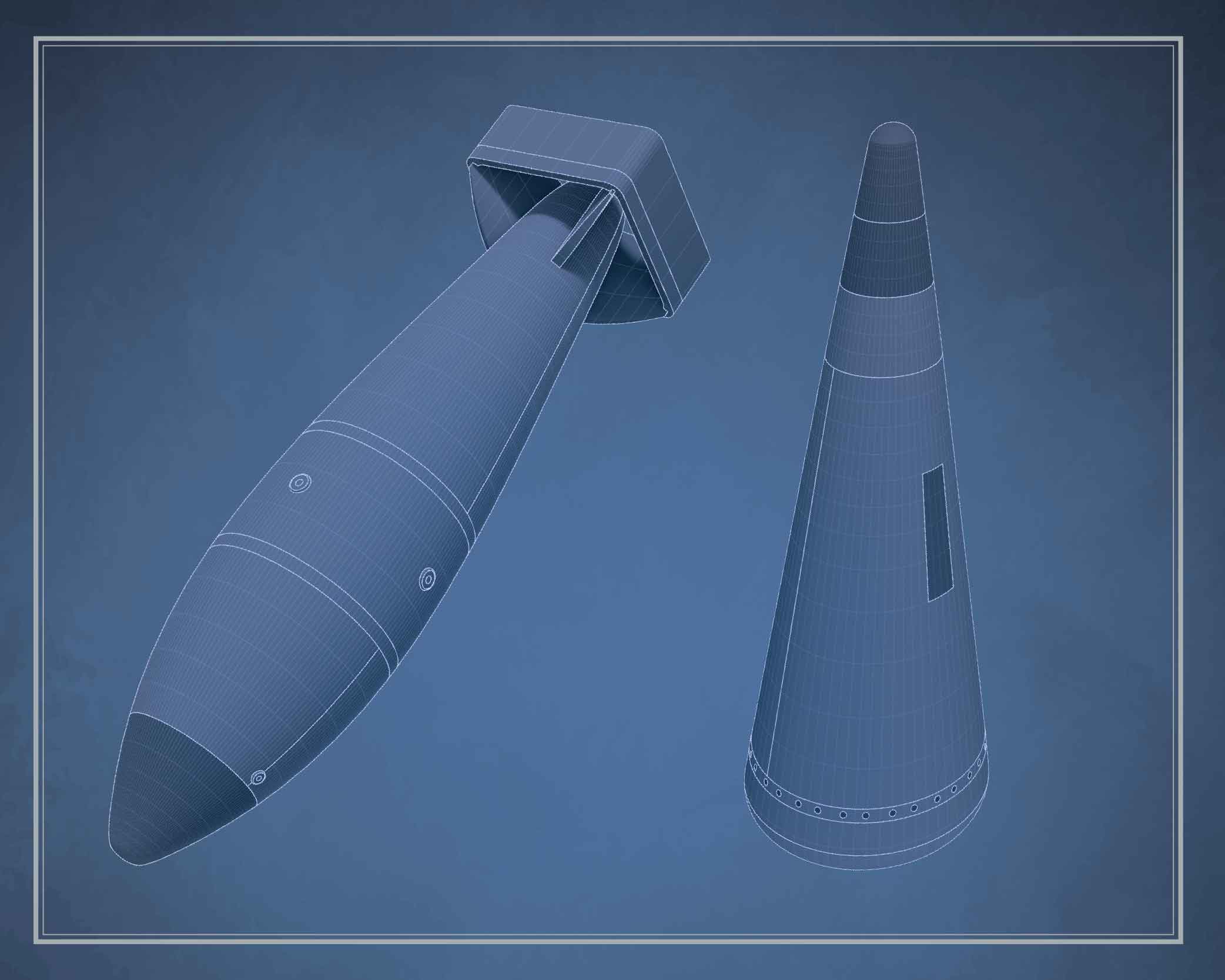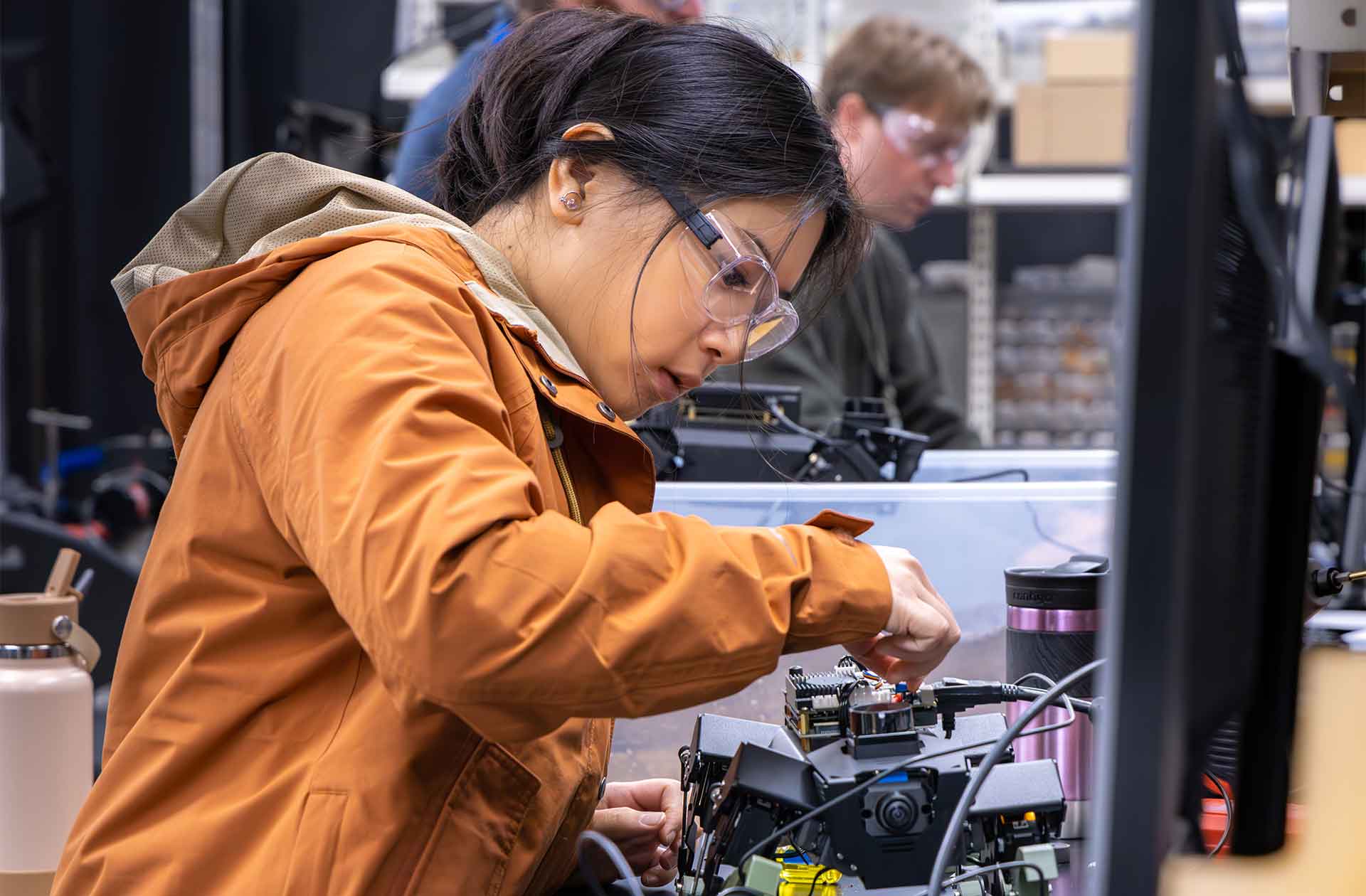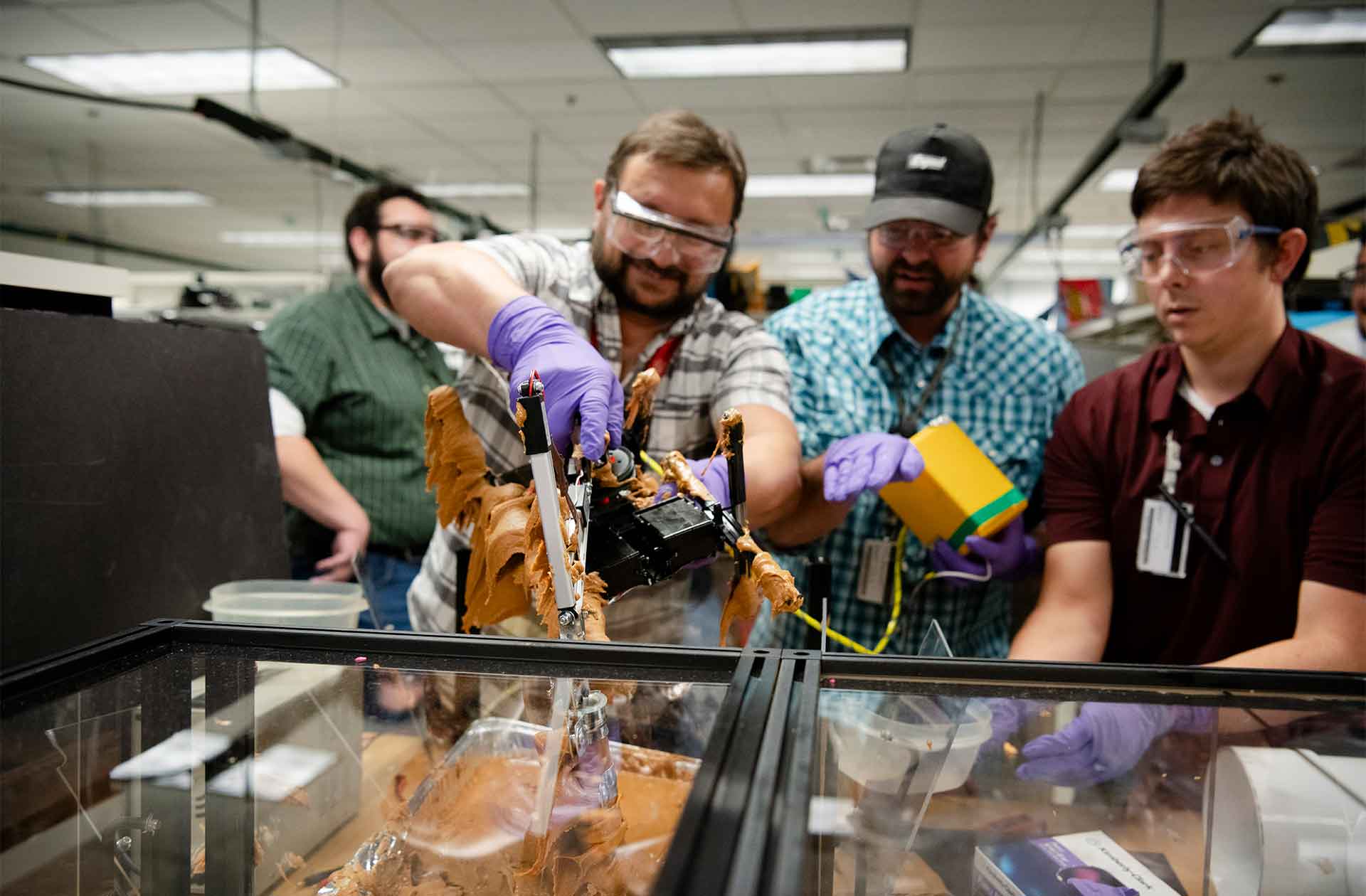Explosive evidence
Understanding the characteristics of underground explosions aids nuclear nonproliferation efforts.
- Avery Arena, Communications specialist

How can the United States know if a nuclear weapon is detonated underground by another country or group? Networks of sensors—seismic, infrasound, gas, and others—around the world provide clues. To develop a better idea of how an underground nuclear explosion could show up on such sensors, scientists at Los Alamos National Laboratory—in collaboration with teams from Lawrence Livermore, Pacific Northwest, and Sandia national laboratories and the Nevada National Security Sites (NNSS)—are conducting Physics Experiment 1 (PE1).
PE1 comprises seven distinct experiments at NNSS—none of which use special nuclear material. Arguably the most significant of the experiments conducted so far, PE1-A, occurred on October 18, 2023. During this experiment, 16.3 metric tons of chemical high explosives were detonated inside an underground chamber. Two additional experiments are scheduled for 2026 and 2027 and preparations for both are underway.
In each experiment, the size and configuration of the chamber is expected to affect the information recorded by sensors. The team is using accelerometers, seismometers, infrasound sensors, electromagnetic sensors, and chemical and radiotracer samplers to collect measurements. Already, the data from PE1-A is being used to validate predictive models and detection algorithms, and scientists are making changes to what they thought they knew about the propagation of electromagnetic waves and carbon monoxide gas through NNSS lithologies.
“The Laboratory’s nuclear nonproliferation work has perhaps never been so relevant and necessary as it is now,” says Dave Coblentz, deputy division leader for Earth and Environmental Sciences. “PE1 is an innovative and timely scientific endeavor that considerably bolsters our understanding of underground chemical nuclear explosions at a time when it’s not out of the question that our adversaries might detonate a nuclear device below the Earth’s surface.” ★
Article by Avery Arena, communications specialist








